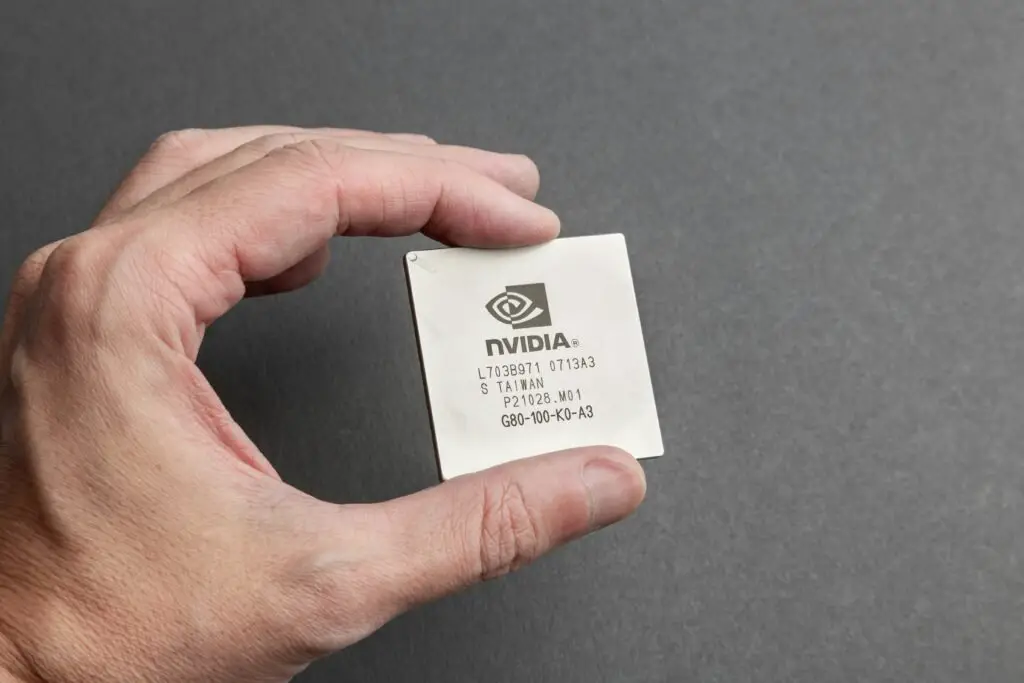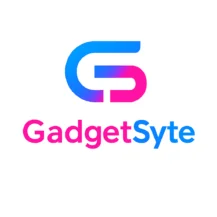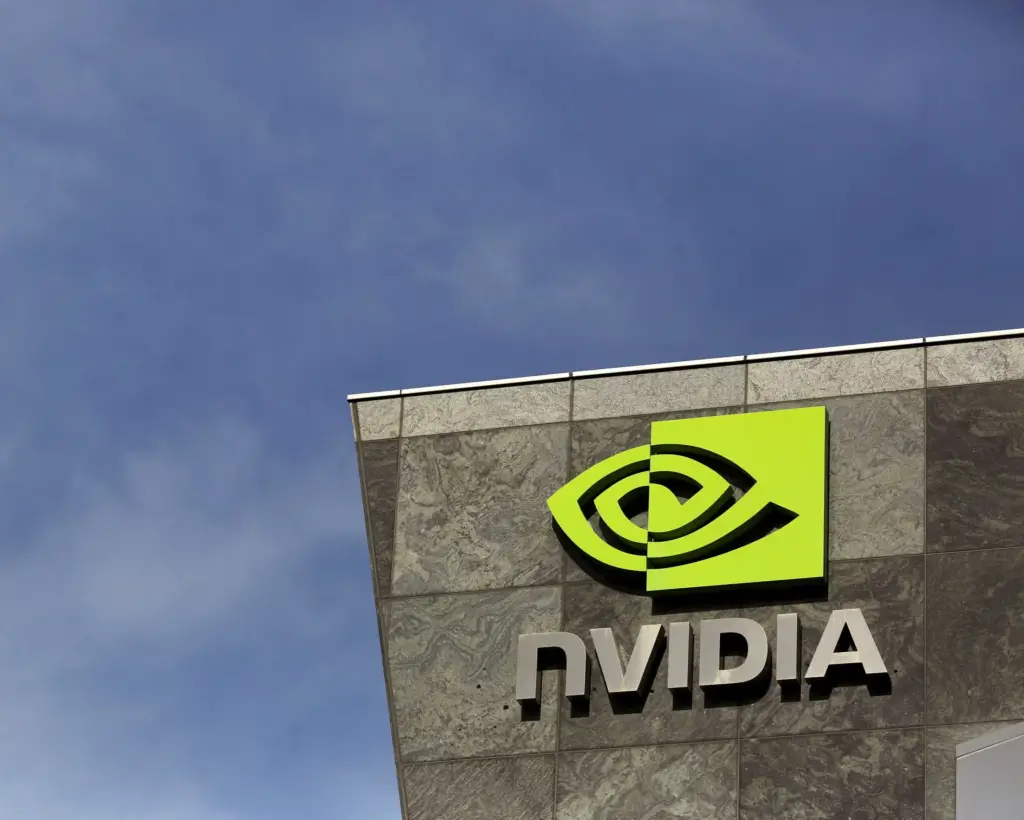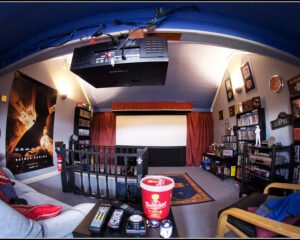In 2025, the demand for real-time AI performance and low-latency inference has never been greater—and NVIDIA TensorRT is stepping up to the challenge. As large language models (LLMs) like GPT, LLaMA, and others continue to scale in complexity and usage, the need for optimized deployment solutions becomes critical. That’s where NVIDIA TensorRT comes in. Known for its powerful inference acceleration, NVIDIA TensorRT is now further enhanced with new LLM-specific capabilities designed for the revolutionary NVIDIA H200 GPU.
The combination of NVIDIA TensorRT and the H200 is reshaping the landscape of AI development and deployment. From FP8 precision support to advanced KV cache management, the latest updates to NVIDIA TensorRT-LLM are engineered to extract every ounce of performance from H200’s cutting-edge architecture. These enhancements are not just technical tweaks—they represent a massive leap forward in how developers can scale AI across industries like healthcare, finance, and robotics.
This blog post dives deep into how NVIDIA TensorRT is delivering unprecedented speedups for LLMs, what makes the H200 an ideal match for inference workloads, and why this pairing is becoming the new gold standard in 2025. If you’re building or deploying AI models at scale, understanding the power of NVIDIA TensorRT on H200 is no longer optional—it’s essential.
What Is NVIDIA TensorRT?
NVIDIA TensorRT is a powerful SDK (Software Development Kit) developed by NVIDIA that is used to optimize deep learning inference. It takes trained neural network models and optimizes them for maximum efficiency on NVIDIA GPUs. The latest version of NVIDIA TensorRT, including the TensorRT-LLM extension, is tailored for large-scale models such as GPT-style transformers, making it crucial for real-time AI applications.
With AI applications becoming increasingly compute-intensive, having a framework like NVIDIA TensorRT ensures that deployment is not only possible but also practical, even for multi-billion-parameter models.
NVIDIA H200: A Next-Gen GPU for AI
The NVIDIA H200 GPU, based on the Hopper architecture, is a monster of performance. It delivers significant improvements over its predecessor, the H100, offering higher memory bandwidth, expanded memory capacity, and greater efficiency for training and inference workloads.
When combined with NVIDIA TensorRT, the H200 transforms from a high-performance GPU into an LLM inference powerhouse. This synergy is where the magic truly happens—NVIDIA TensorRT-LLM enhancements tap into the raw capabilities of the H200 to achieve groundbreaking speedups and efficiency.

Key Enhancements of NVIDIA TensorRT-LLM on H200
Here are the major improvements made to NVIDIA TensorRT-LLM that are now available for the H200 GPU:
1. Dynamic FP8 Precision Support
TensorRT-LLM now supports FP8 precision, allowing for up to 4x faster inference compared to traditional FP16 or INT8 techniques. This innovation significantly reduces computational load while maintaining model accuracy, making it ideal for real-time LLM deployment.
2. Efficient KV Cache Management
Key-value (KV) caching is essential for transformer-based models. The new NVIDIA TensorRT engine improves memory efficiency and speeds up sequential token generation, a critical factor for conversational AI and chatbots using large language models.
3. Grouped GEMM Optimizations
GEMM (General Matrix Multiplication) operations have been optimized in TensorRT-LLM for parallel execution. The grouped GEMM functionality leverages the NVIDIA H200’s enhanced parallelism capabilities, resulting in faster and more efficient matrix operations—a fundamental aspect of transformer computations.
4. Advanced Prefill and Decode Optimization
With improved prefill and decode phases, NVIDIA TensorRT allows the H200 to process multiple input sequences simultaneously without bottlenecks. This is particularly useful in applications such as AI content creation, code generation, and real-time assistants.
5. Multi-GPU and Distributed Support
The latest version of TensorRT-LLM includes seamless support for multi-GPU scaling. Whether you’re deploying across a single H200 or a full data center stack, NVIDIA TensorRT ensures performance scales efficiently.
Real-World Performance Gains
In benchmarks run by NVIDIA’s research team, LLMs such as Llama 2 and GPT-J demonstrated performance gains of up to 8x faster inference when using NVIDIA TensorRT-LLM on the H200 versus traditional deployment frameworks.
For example:
- Llama 2 (70B) ran 7.2x faster on the H200 with TensorRT enhancements.
- GPT-J (6B) achieved sub-50ms inference latency, ideal for user-facing apps.
- Multi-turn chat models experienced 40% less memory usage and improved throughput.
These results highlight the importance of optimizing not just the hardware but also the software stack—NVIDIA TensorRT being the critical component in unlocking this potential.
Use Cases Benefiting from TensorRT-LLM on H200
The powerful combination of NVIDIA TensorRT and the H200 opens doors for a wide range of applications in 2025:
- Generative AI and Chatbots: Real-time response generation with minimal latency.
- Voice Assistants: Streamlined token generation for fluid and responsive interaction.
- Healthcare AI: Fast processing of medical documents and diagnostics through LLMs.
- Financial Services: Real-time analysis and generation of market intelligence.
- Autonomous Systems: Smarter decision-making at the edge with optimized models.
Developer-Friendly Ecosystem
One of the best parts about NVIDIA TensorRT is its seamless integration with popular AI frameworks such as PyTorch, TensorFlow, and ONNX. Developers can export their trained models and easily optimize them with TensorRT using pre-built APIs or command-line tools. Additionally, TensorRT supports automatic quantization, layer fusion, and memory optimizations—all essential for deploying models at scale.
The Future of Inference Is Here
The latest NVIDIA TensorRT updates ensure that enterprises and developers are not left behind in the AI race. With the H200 GPU, tasks that previously required multiple GPUs or massive compute budgets are now achievable with higher speed and lower latency.
By offering these improvements in NVIDIA TensorRT-LLM, NVIDIA is enabling scalable and real-time large language model deployment across industries. Whether you’re a startup building the next-gen chatbot or an enterprise deploying AI at scale, the combination of NVIDIA TensorRT and the H200 offers a future-proof solution in 2025.
Conclusion: NVIDIA TensorRT and H200 — A New Era for LLM Performance
As we move further into 2025, the combination of NVIDIA TensorRT and the NVIDIA H200 GPU marks a turning point in the world of AI inference and large language model deployment. The enhancements made to NVIDIA TensorRT-LLM are not just incremental improvements—they are game-changing innovations designed to unlock unparalleled performance, efficiency, and scalability.
Whether you’re developing conversational AI, real-time language translation, or next-gen search tools powered by LLMs, NVIDIA TensorRT ensures your models run faster and smarter. With support for FP8 precision, optimized memory usage, and seamless integration into popular frameworks, NVIDIA TensorRT makes it easier than ever to bring production-grade AI to market—without sacrificing performance.
The NVIDIA H200’s architecture is a perfect match for these enhancements, delivering the speed and memory bandwidth needed to process even the most demanding models. Together, NVIDIA TensorRT and the H200 create a best-in-class environment for any organization serious about AI innovation.
In short, if you’re looking to stay ahead in the AI race in 2025, leveraging NVIDIA TensorRT with H200 is not just recommended—it’s essential.
For more detailed guides and insights into the latest in AI hardware and software, visit GadgetSyte.com—your trusted source for cutting-edge technology updates in 2025.







